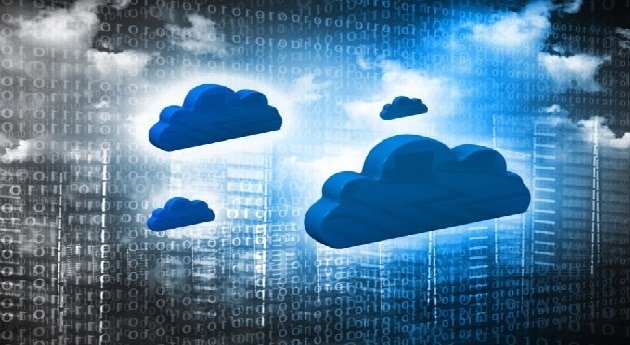Cloud Migration – is it really easy ?
Companies of all sizes and from all industries are switching to cloud solutions. SMEs can move to the cloud fairly quickly. However, the process is much more complex for companies with a rapidly growing volume of work. What should be considered when moving towards cloud migration?

Cloud technologies are changing the way companies tie up resources by enabling them to respond instantly to market opportunities and provide funds at exactly the right time. With all the advantages that the cloud offers us, there are also some pitfalls and risks that companies should consider in advance on their way to the cloud.
Preparation is everything
As with all major corporate projects, preparation for a successful migration to the cloud is one of the most important components. For this purpose, a project team should be put together which mainly deals with the restructuring of the infrastructure. Then With it the migration to the cloud will be started. Conversion of the IT ecosystem and switching to a cloud solution can cause uncertainty and confusion. Transparent communication and professional change management clearly help to ensure that the migration process. By this approach the process will not derailed.
What are the expectations of the cloud?
A simple question, which in practice is rarely answered at the beginning. A cloud offers many advantages such as scalability, flexibility and geo-redundancy. For a successful cloud migration, determining the economic benefits and setting the corporate goals play a crucial role. For example, one company may seek greater IT agility due to fluctuating traffic while another would like to improve the collaboration between remote teams. Each company must therefore define the reasons for a cloud migration based on the business model.
How much does it cost to cloud migration?
The calculation of the so-called total cost of ownership (TCO) contains much more than just comparing the initial investment in your own hardware with the recurring costs of a cloud environment.
You also have to consider the running costs in order to use, maintain and keep up to date with the respective IT solution over its entire life cycle. It take usually between five and ten years, depending on the project.
A comprehensive TCO analysis contains three main categories:
-
Capital expenditure (CapEx)
First purchase of hardware and software, investment in a new data center facility.
-
Operating costs (OpEx)
support costs for hardware and software, full salaries of IT employees, maintenance costs.
-
Indirect costs
Downtime effects on productivity, business agility, loss of sales and opportunities and other factors.
For each of the three areas, the costs must be fully recorded so that an economic comparison with a cloud solution makes sense.
Cloud providers sometimes have very complex billing models and offer many services and additional features have to be paid extra because they are not part of the monthly rate. In order not to lose the overview, a clear definition of the requirements for the new cloud landscape is a great help to be able to compare tariffs from different providers.
An important tip: An exit strategy should always be taken into account. If data is to be transferred from the cloud to your own server again at a later point in time, this is associated with high costs in most cases. This is known as the so-called vendor lock-in effect. It’s easy to get in but it’s not so easy to get out.
Which type of migration is the right one?
First of all: No matter which type of migration is chosen, data must be cleaned beforehand so that avoidable costs are saved when storing in the cloud. There should also be an overall picture of the application landscape – are all applications really cloud-ready?
Afterwards, the decision is made to migrate between three approaches or a combination of several:
1. Re-hosting
With this approach, also called “lift-and-shift”, applications are transferred unchanged without having to edit the code in the slightest. Re-hosting is possible in several ways: as hot migration, cold migration or as mass migration.
2. Re-platforming
Re-platforming adapts workloads to the new platform and optimizes them for increased performance and scalability. However, the basic architecture of the application remains
unchanged.
3. Refactoring
The most time-consuming and resource-intensive migration model is the so-called refactoring, in which the migrated workloads are completely revised and rewritten. This enables applications to use cloud-native frameworks and functions.
Conclusion
The migration to a cloud is a complex project. Due to the various infrastructure landscapes, applications and uses the complexity is always highly in individual project. With the right preparation and (if necessary) technical advice from IT experts, it is an exciting challenge that brings many advantages. IT costs can be optimized by turning large one-off expenses into monthly running operating costs. Collaboration improves by allowing team members to work on workflows in real time.and they always see the latest status. Redundant processes are largely avoided to increases productivity.
These advantages at a glance, a solid migration plan in hand that fits the existing company IT.A regular exchange with the cloud provider of choice are the best prerequisites for successfully mastering the cloud migration. It helps to quickly enjoying its cloud migration.
Shortlink:

Recent Comments